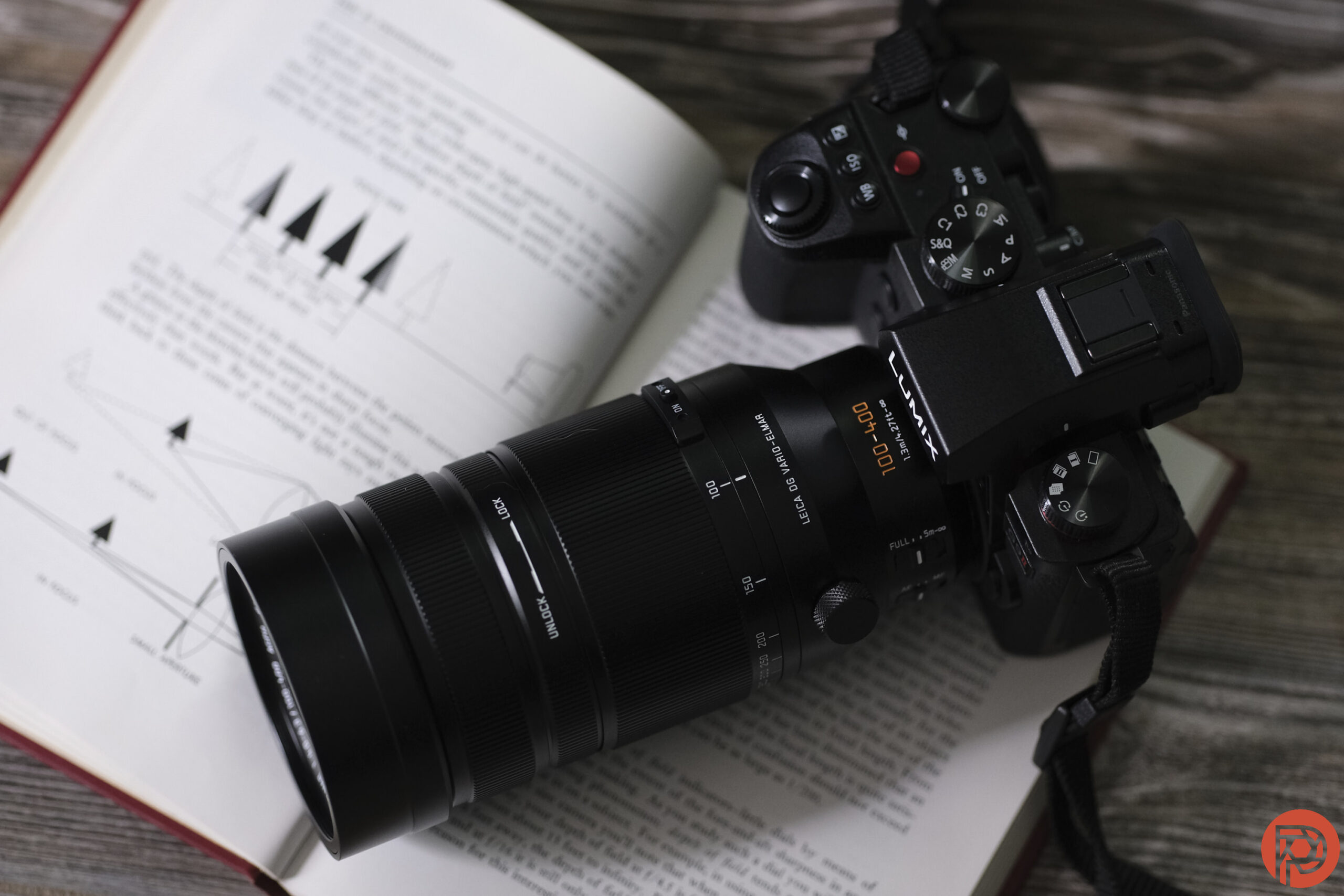I have a love-hate relationship with 800mm lenses — I love the photos but hate hauling them around. But the Panasonic Leica DG Vario-Elmar 100-400mm f4.0-6.3 II ASPH OIS has a build that’s shorter than its name. The lens, which we’ll call the Panasonic 100-400mm f4-6.3 II for short, is closer to the size of a full-frame 70-200mm f2.8 than a lens with an 800mm reach. That’s a compact size that’s going to mean still getting the shot after a three-mile hike and still getting the shot without a tripod or monopod to hold up the weight. Not to mention the $1,200 price tag that’s more affordable than a full frame 800mm.
Building on the success of the previous version, the Panasonic 100-400mm f4.0-6.3 II adds 1:2 macro focusing capabilities and compatibility with the 1.4x and 2.0x teleconverters and tweaks the zoom ring. I tested out the lens ahead of the launch, mounted on the new Panasonic G9 II, and found a lot to love.
Table of Contents
Tech Specs
Panasonic lists the following specifications for the 100-400mm f4-6.3 II:
- Weighs 985g
- Dust, splash, and freeze-resistant
- Compatible with 2.0x and 1.4x teleconverters
- Maximum magnification of .5x (1:1 when used with the 2x teleconverter)
- $1,200 USD
Ergonomics
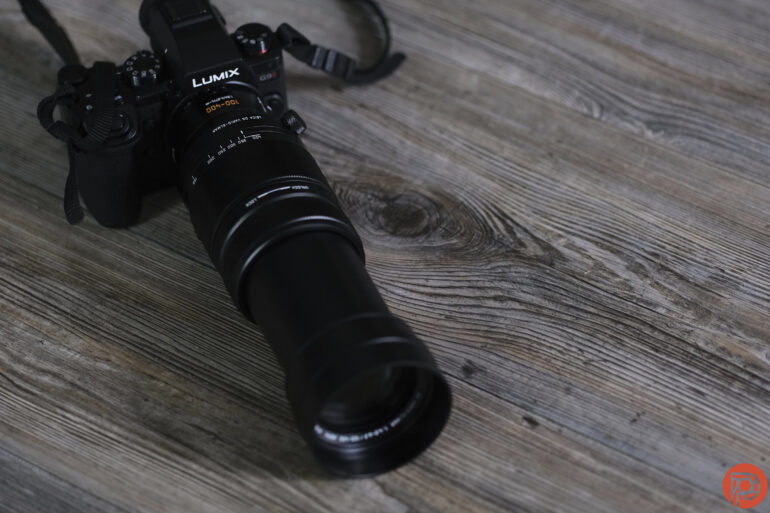
The Panasonic 100-400mm f4.0-6.3 is ergonomically my favorite 800mm equivalent, no question. While the Micro Four Thirds sensor makes the 400mm on the long end the same view as 800mm on a full frame, the lens is far easier to carry around. The behemoth 800mm full-frame lenses that I’ve tested are better suited for waiting in a wildlife blind or using a monopod on a sports sideline. That’s not the case with the Panasonic 100-400mm — this lens is roughly the size of the average 70-200mm f2.8 full frame lens. It’s not tiny and it gets longer zoomed out to 400mm, but it’s small enough to hike with. It weighs 985g, which is a little over two pounds.
In fact, the lens construction is metal and yet the lens didn’t make my neck or arms ache when I hiked with it for hours. The Panasonic 100-400mm f4.0-6.3 could be placed on a pedestal above a plaque saying: This is why you buy Micro Four Thirds. Yes, full-frame cameras have their advantages. But the ability to shoot at an 800mm equivalent without raising your own pack mule to carry your gear shouldn’t be underestimated. Using such a small lens and still getting an 800mm-equivalent reach is liberating.
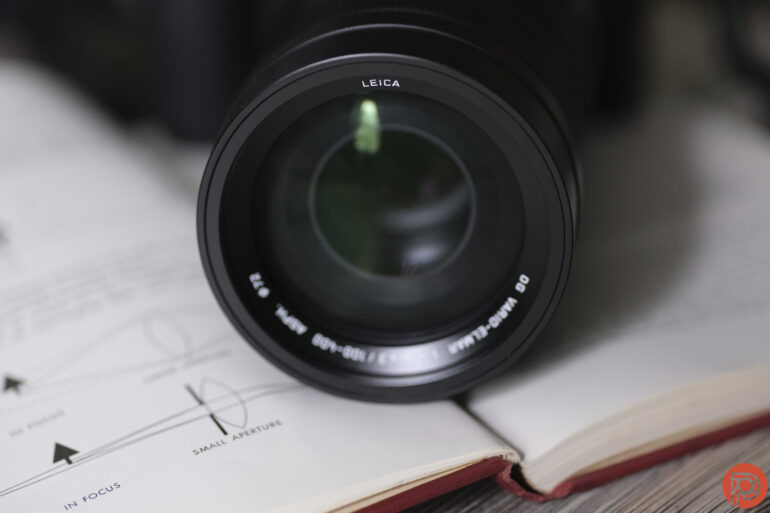
But, the size isn’t the only reason this lens will become an ergonomic favorite. Near the front of the lens is a built-in lens hood that pops out when you need it. With the hood closed, many probably won’t even realize that it is there. I’m forever losing lens hoods — but they are only annoying until I find myself shading my lens with my hand.
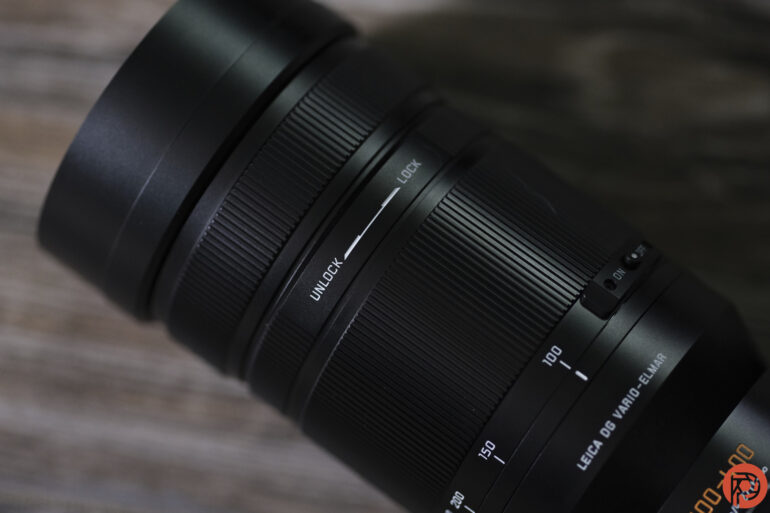
Moving from that built-in lens hood towards the mount, the next control on the barrel is the focus ring. Then the locking ring keeps the zoom from being bumped out of place. Then it’s the zoom ring. The zoom ring has a zoom limiter simply labeled on and off. This is meant for use with the 1.4x and 2x teleconverters. Using the teleconverters requires putting the lens in 210mm or higher; otherwise, Panasonic says the optics don’t correctly line up. The on-off switch will keep the zoom from accidentally turning lower than 210mm.
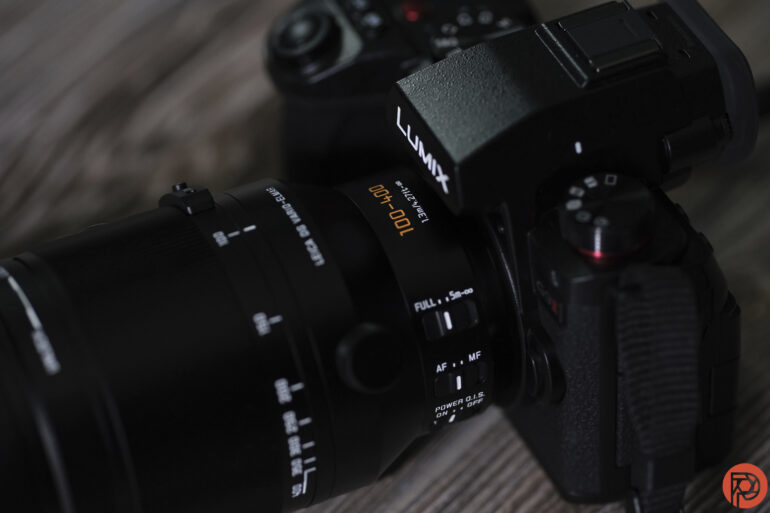
The 100-400mm lens does have a built-in collar, which twists for vertical shooting. Three control switches rest near the mount: a focus limiter with full or 5m to infinity options, autofocus to manual focus, and a stabilization on/off switch.
As a lens produced with Leica, the lettering on the lens and the metal build feel more Leica-like than Panasonic-like, another pro in this lens’ design.
Build Quality
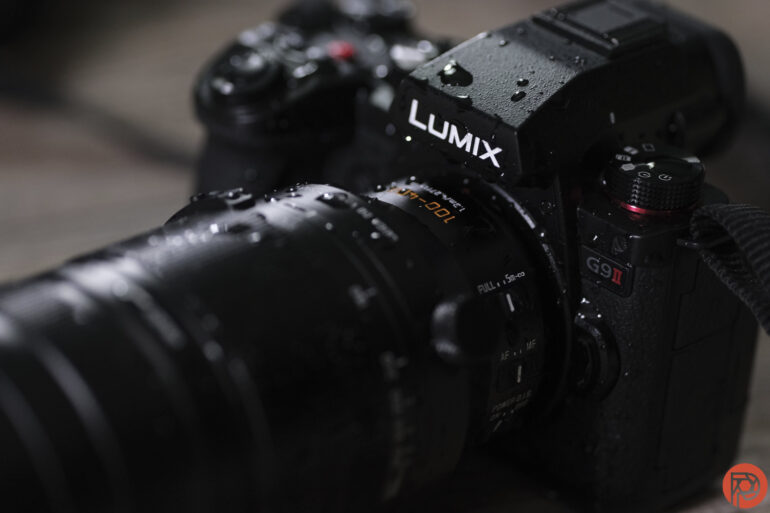
I love metal lenses, but typically, the big telephotos use plastic builds to shave some weight off. The Panasonic 100-400mm f4-6.3 II isn’t the typical telephoto. It still uses a metal barrel. In fact, with the metal barrel and Leica styling, it feels like a luxury lens.
Along with the metal build, the lens is sealed against dust and moisture — and it is now also rated to withstand freezing temperatures. I took this lens out in some light rain and didn’t have any issues with it. I also shot during a windy day, including some sandy beach areas. I didn’t spot any dust or debris on the inside of the lens mount or on the camera sensor during my tests.
Ease of Use
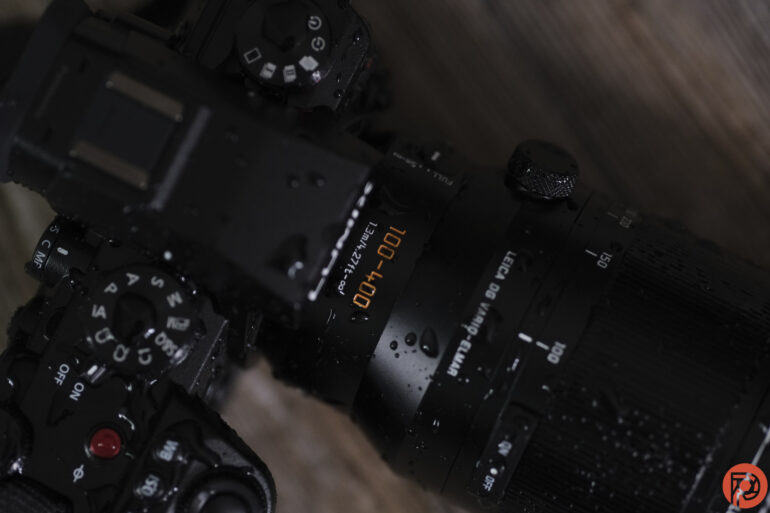
While I love prime lenses for portraits, for wildlife and sports, I find zoom lenses easier to use. Locating your subject looking through the viewfinder at 800mm can be hard to do. It’s much easier to use the wider view to frame the subject, and then zoom in close.
Enhancing the Panasonic 100-400mm f4-6.3 II’s ease of use is its built-in stabilization. The lens is stabilized, and most Panasonic and Olympus Micro Four Thirds bodies are as well. That’s going to help with the camera shake that’s typical among telephoto lenses. Between the stabilization and the lighter weight of the lens, I didn’t have any issues hand-holding this lens for wildlife photography. If the subject doesn’t require a fast shutter speed to freeze, then I was able to drop the shutter speed down an impressive 1/8th of a second. Yes, this was holding my breath and bracing my elbows. Yes, I did get some camera shake at 1/100 when I was using a sloppy grip. But, that’s going to come in handy at 400mm, and slower shutter speeds are necessary.
Focusing
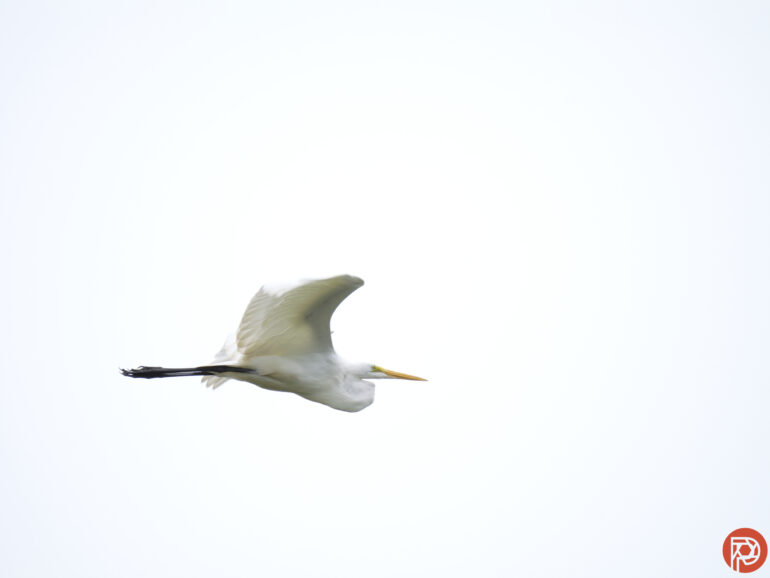
The longer the lens, the more challenging it is to focus — but when mounted on the new G9 II, the Panasonic 100-400mm f4-6.3 II locked on focus quickly. During our initial tests, the lens was fast enough to lock onto birds that had already taken flight.
While initial tests showed the lens to be pretty fast, I did have some occasional issues when trying to focus on birds that were closer to the lens. I sometimes had to focus on a nearby leaf or tree trunk, and then the lens had an easier time using the animal eye AF to pick up the bird. The focus limiter would have helped, except there are only two settings for the full range and for the farthest subjects. It lacks a limiter switch for the closer subjects.
The lens is capable of focusing close enough to achieve a half macro, which is pretty impressive for a lens that doesn’t have the macro designation. If paired with the 2x teleconverter, it can shoot a true 1:1 macro.
Image Quality
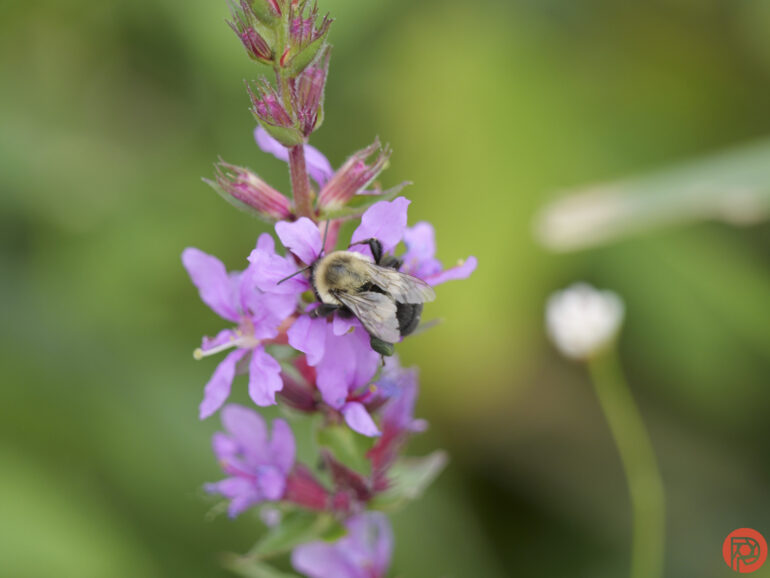
Untouched JPEGs from the Panasonic 100-400mm f4-6.3 II have an excellent level of sharpness and color. You can see the texture detail on a bird’s feathers quite well. Micro Four Thirds gets a lot of prejudice, but even with the narrower f6.3 aperture, it’s still possible to get some nicely soft backgrounds. Yes, you’ll get less grain from full frame, but you may also miss some shots because the 800mm was too big to haul along or even too expensive to buy in the first place.
I have yet to spot my biggest annoyances with lenses like chromatic aberration and extreme vignetting. But, as the lens was tested on the brand new Panasonic G9 II before major editing platforms added RAW support, I’ve only worked with the JPEGs from this lens so far.
Extra Image Samples – Unedited
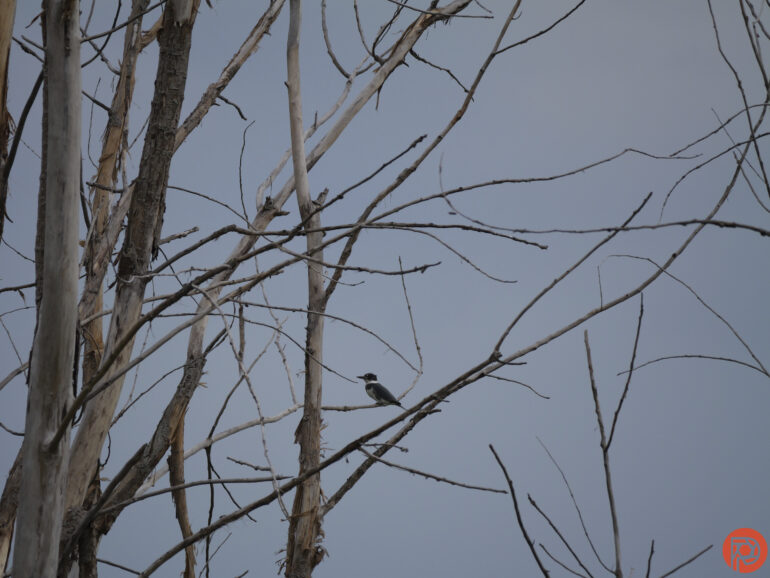
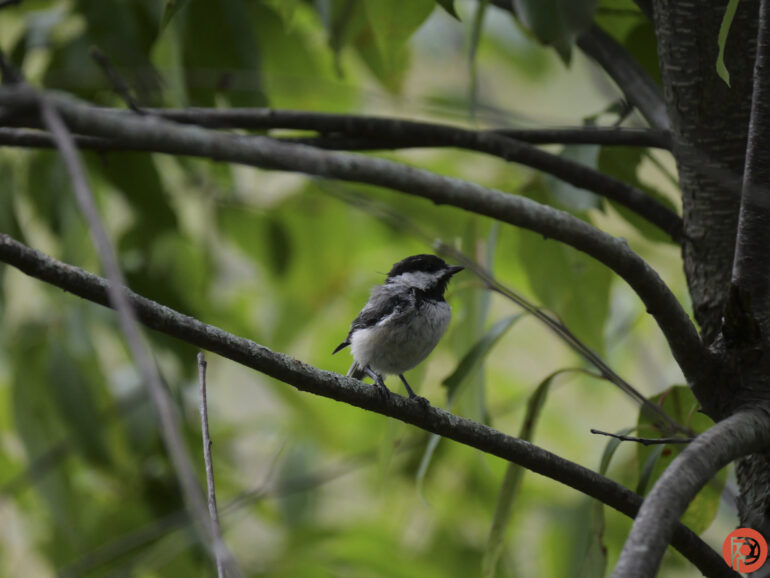
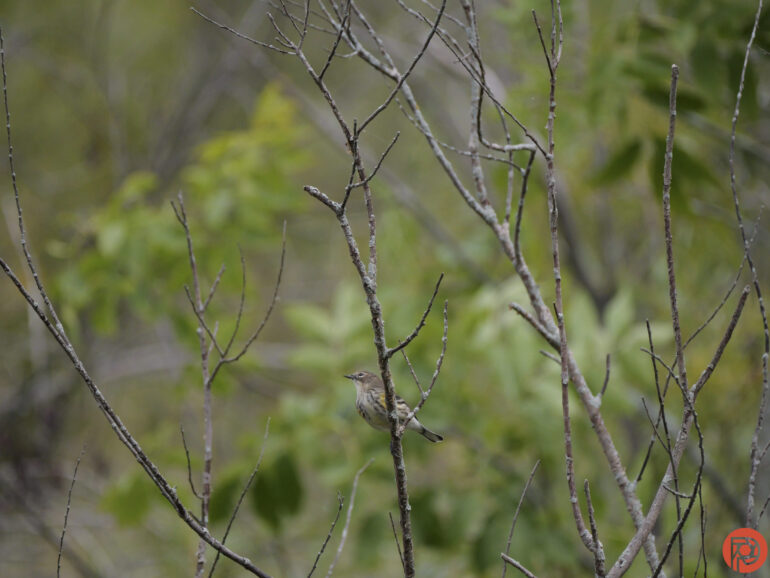
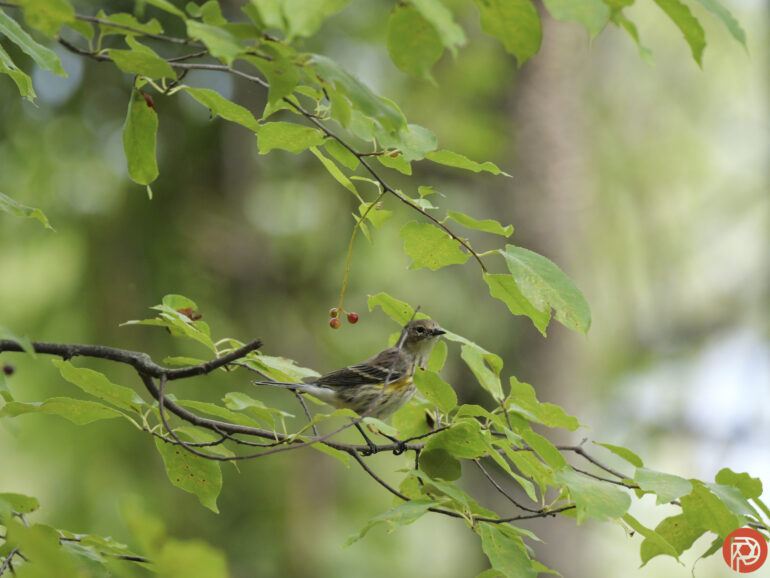
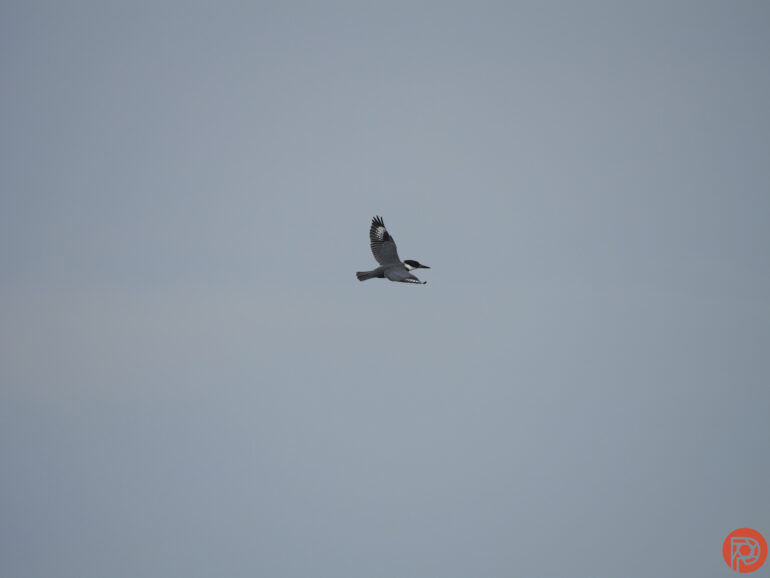
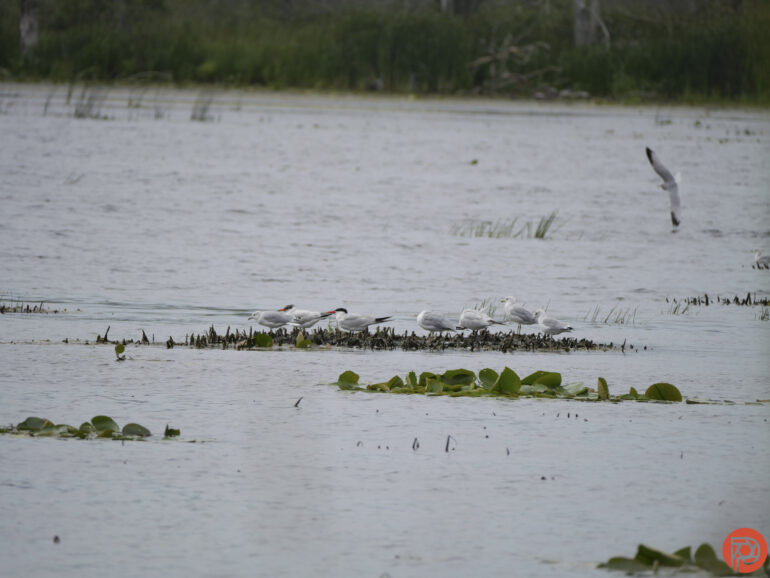
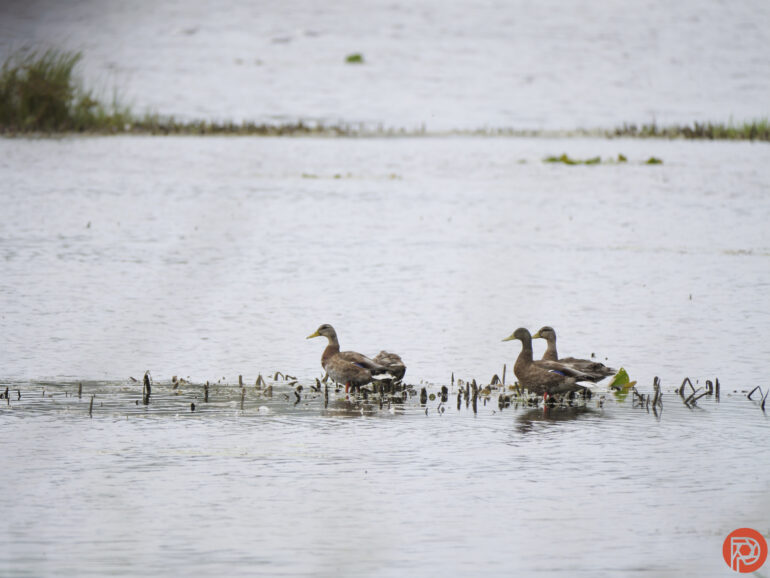
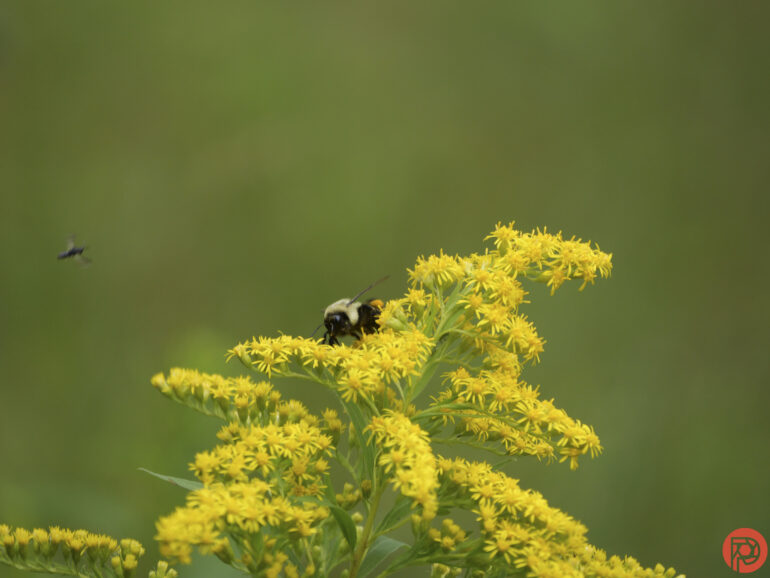


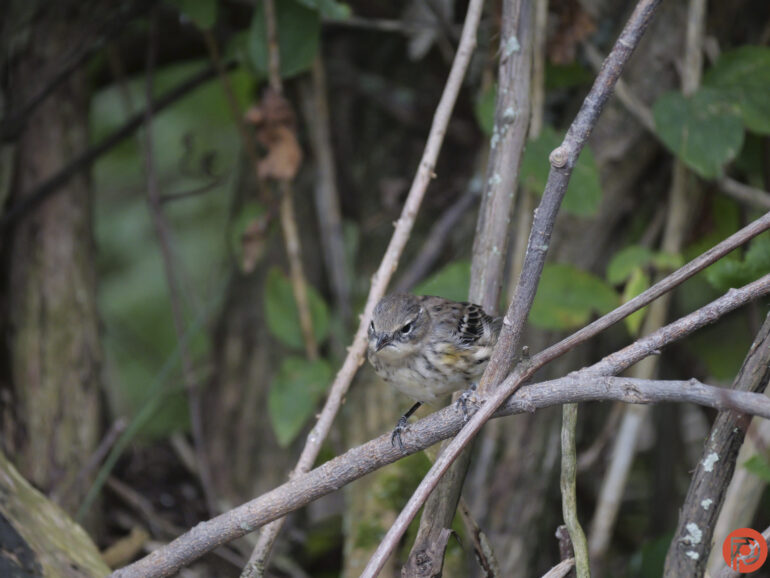
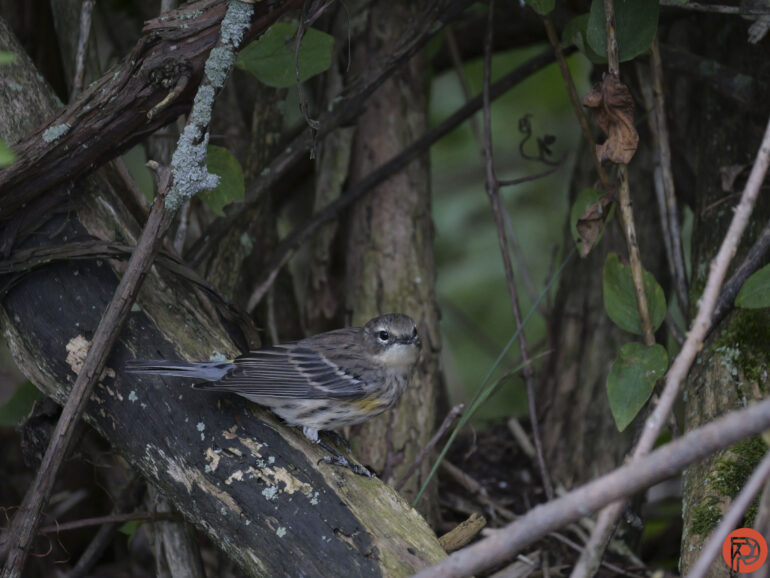
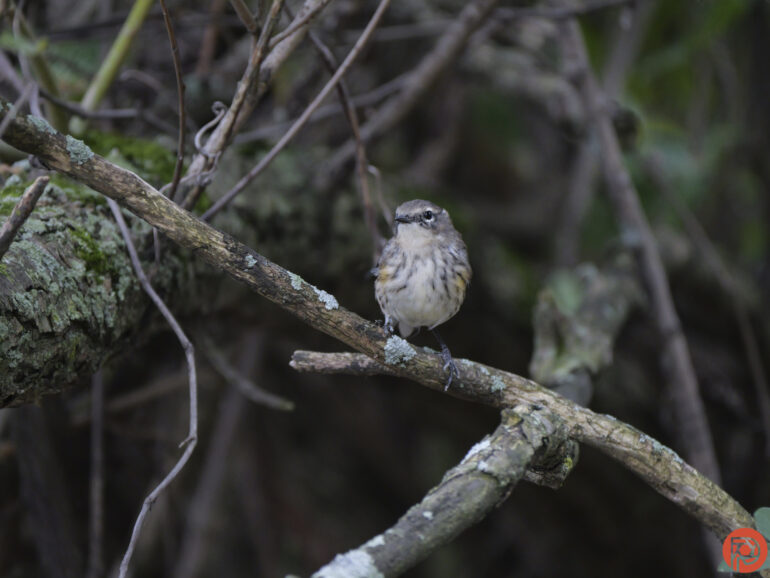
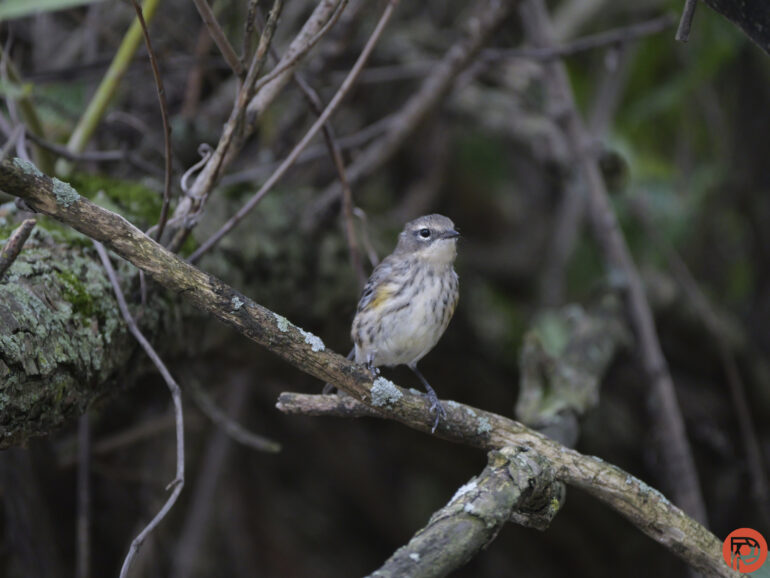
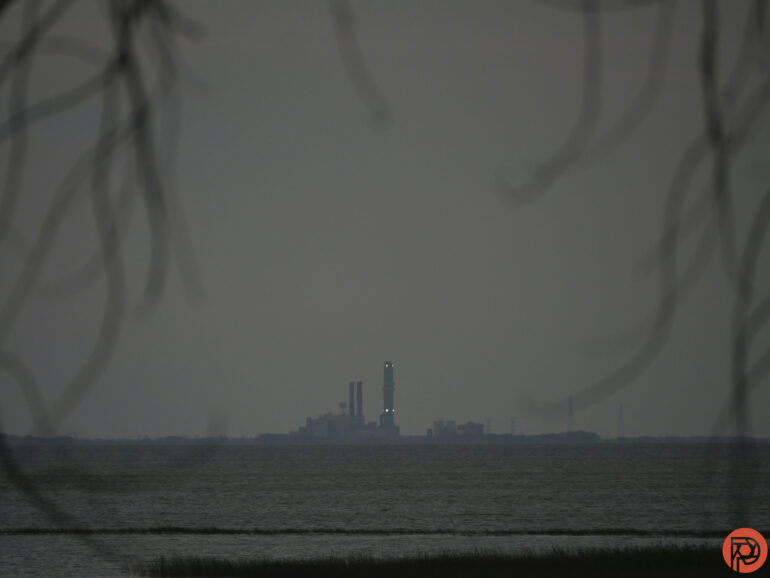
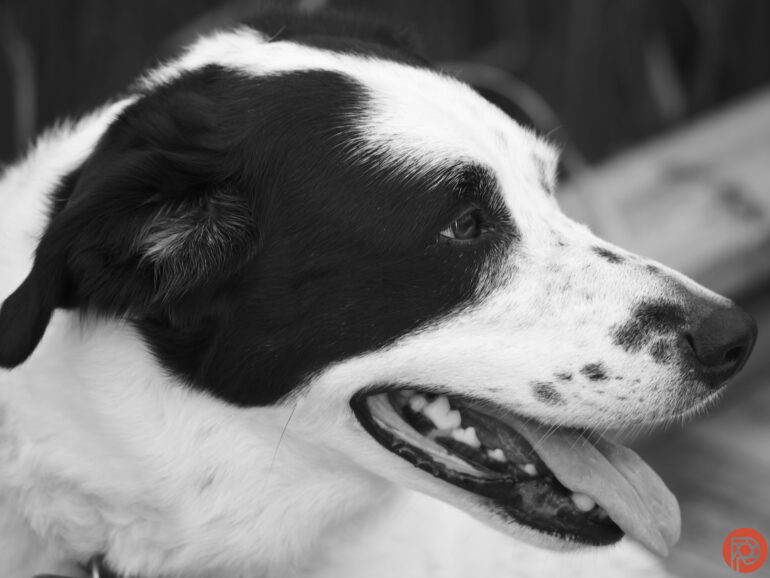
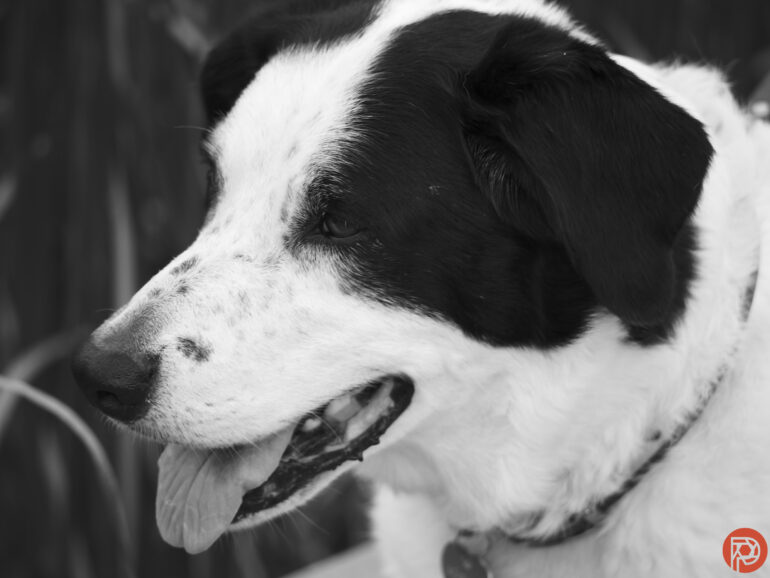
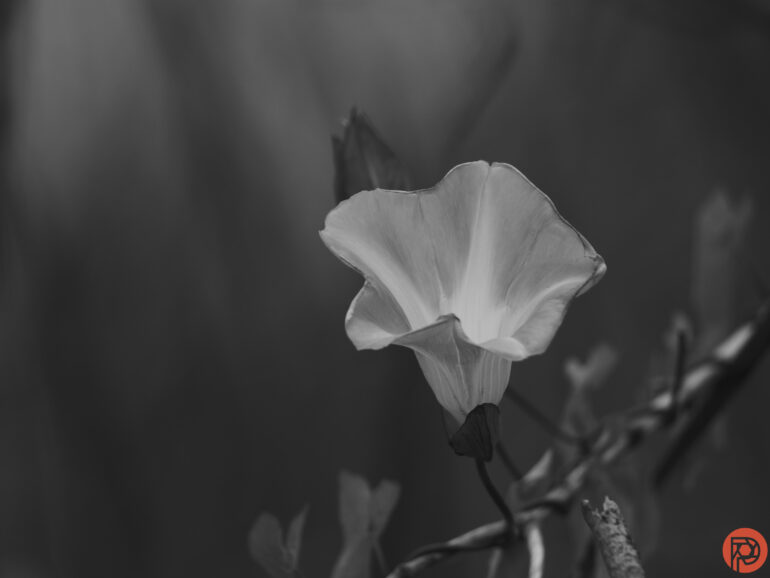
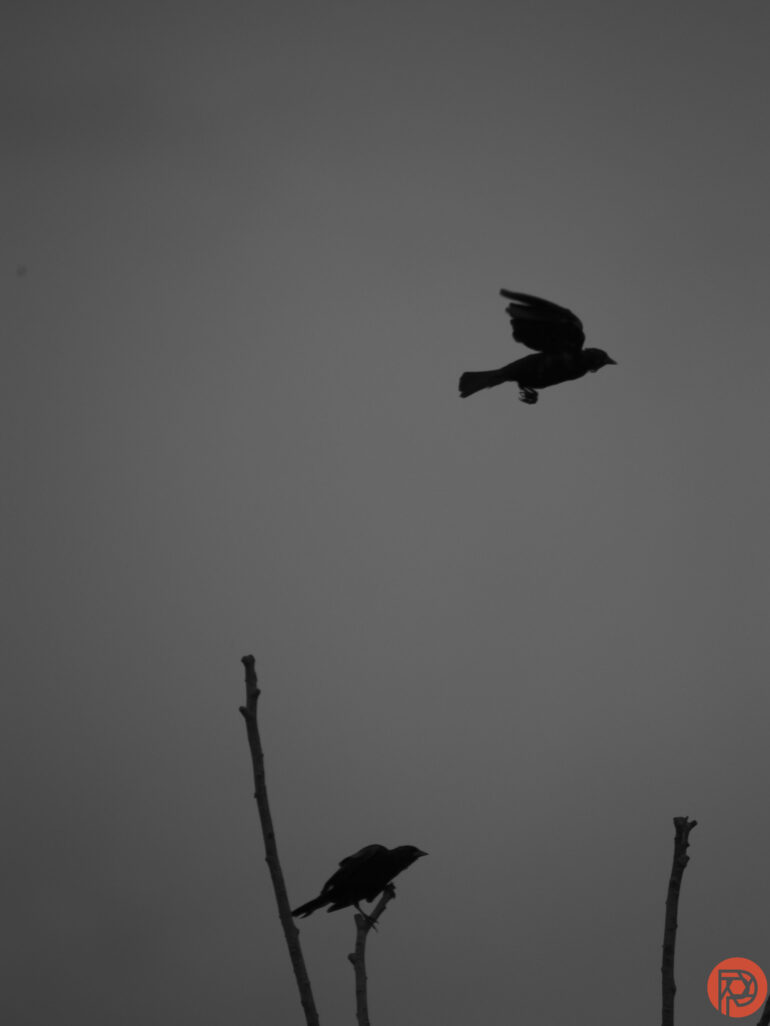
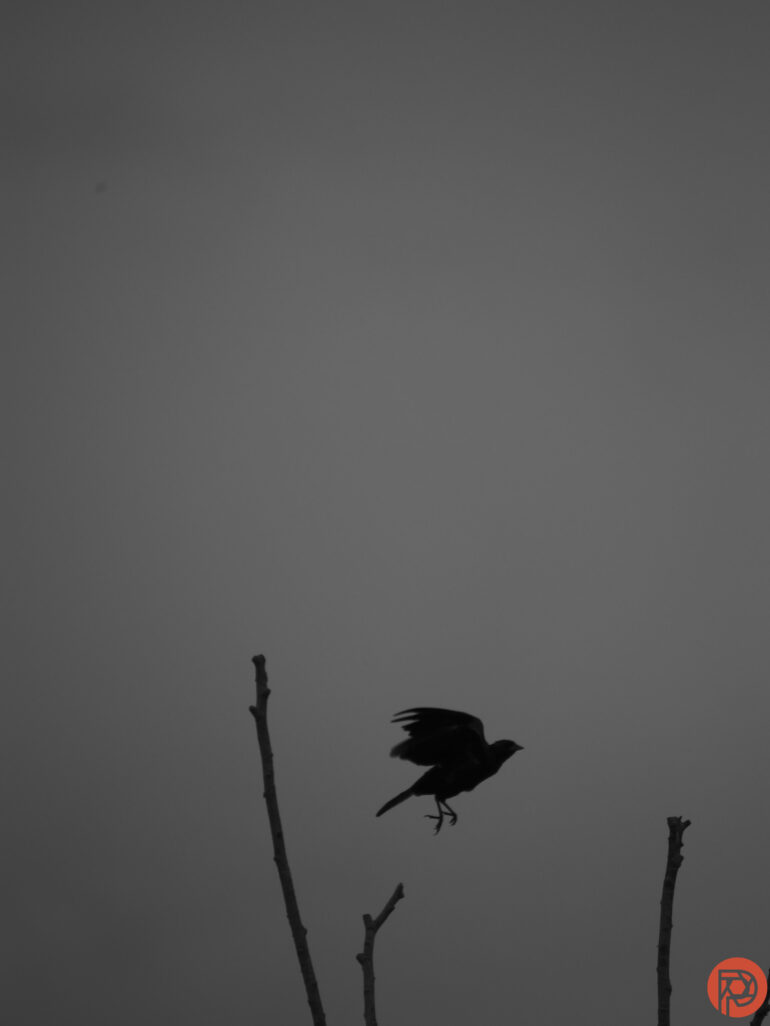
First Impressions
Frankly, lenses like the Panasonic 100-400mm f4-6.3 are the kind of lenses that convince photographers to invest in Micro Four Thirds in the first place. I’ve hauled around full-frame 800mm lenses. It’s not fun. The Panasonic 100-400mm f4-6.3 is compact and easy to hike with — and yet it still has a durable metal barrel. For the price, it’s a great option when a long reach is essential.
I’m still putting the lens through the paces, but my initial impression of the new Panasonic 100-400mm is overwhelmingly positive. I wish the focus limiter switch had a close-up option, but otherwise, the list of positives so far outnumbers the negative.


